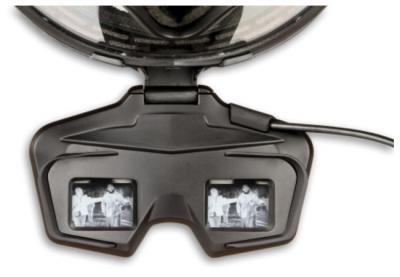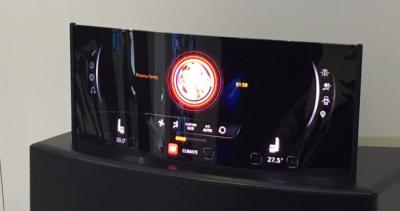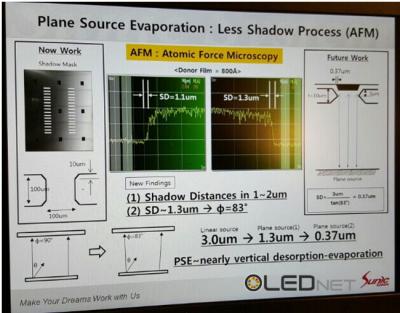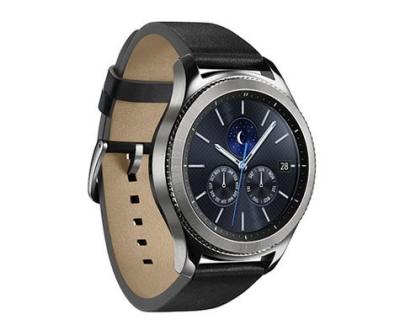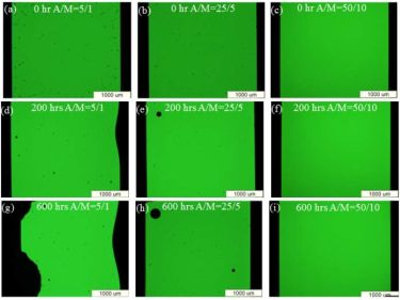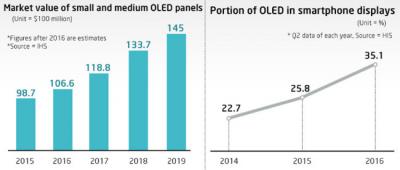Is Samsung set to acquire quantum dots developer QDVision?
According to our (unverified) source, Samsung is set to acquire quantum dots developer QDVision for $70 million. Samsung is accelerating its quantum dot technology development, and according to some reports aims to produce QLED TVs by 2019.
It seems a rather low price for QD Vision - our source says that the company is low on cash, although QDV did raise $22 million exactly a year ago. QDVision also announced a new joint-development agreement with BASF for a QD-enhanced backlight and color filter for LCD displays.


